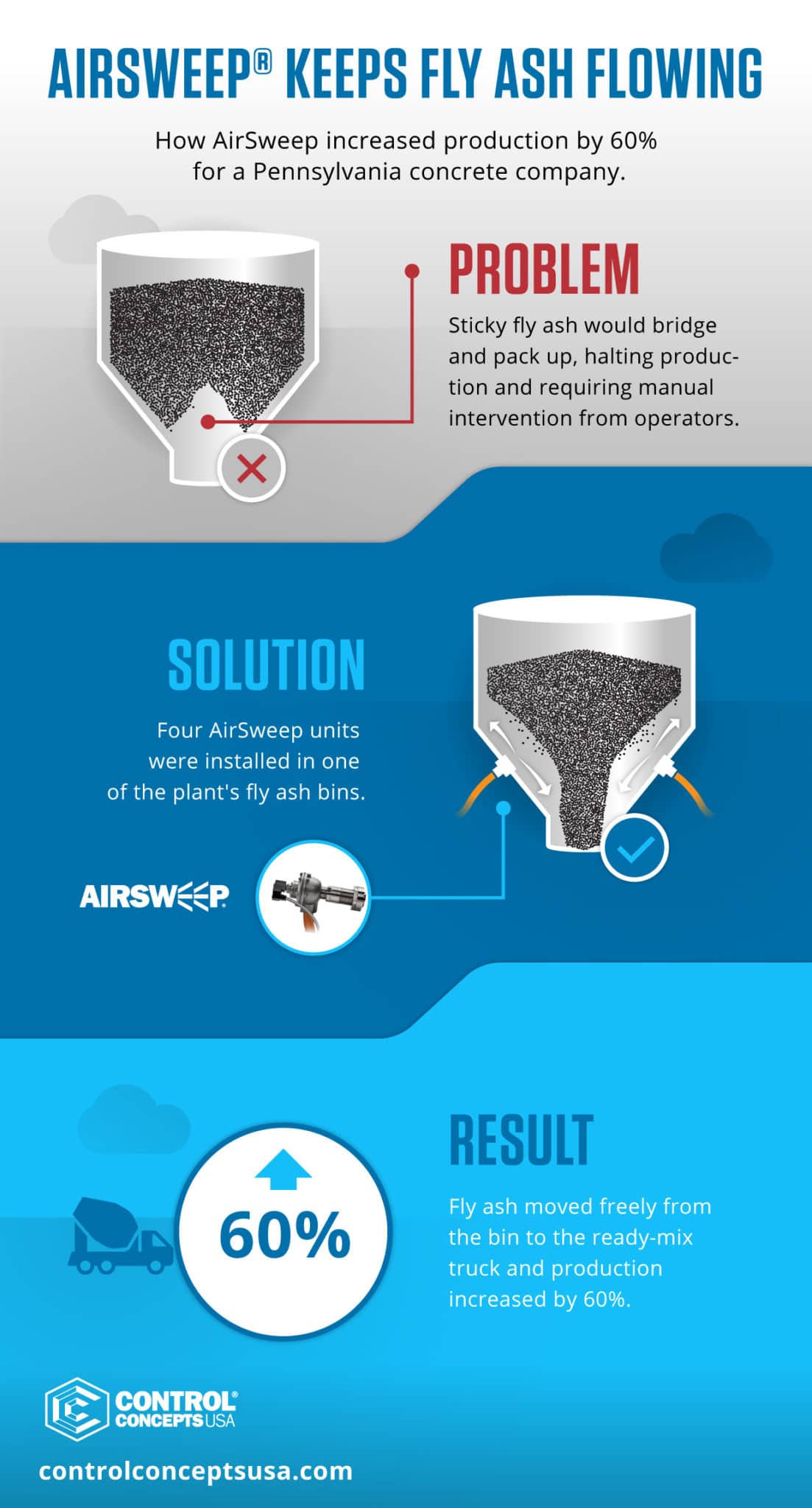Soot Blowers vs. AcoustiClean® Sonic Horns
Comments Off on Soot Blowers vs. AcoustiClean® Sonic HornsIf you can’t take the heat, get out of the factory
Oriented Strand Board (OSB) is one of the most popular materials for flooring, walls and roof decks. The waste material—wood dust, wood flakes and wet/green bark—are sent to a boiler furnace.

Problem
Soot blowers warped in high heat and damaged the equipment
Soot can affect a boiler’s heat transfer efficiency, and eventually clog and break down the equipment. However, soot blowers create another problem—as a leading US engineered wood manufacturer discovered.
All the soot blowers in their OSB factory had warped, unable to withstand the boiler furnace’s intense temperatures. Aside from getting damaged, they were causing damage: the pressurized air had already spoiled several tubes. It was already affecting their line speeds and maintenance costs, and they were ready to switch to a better cleaning technology.
Solution
Sonic horns blast 100% of the soot, without warping or equipment damage
They installed the AcoustiClean® Model ACL 34230, a sonic horn that cleared the tubes with sound vibrations. The vibrations didn’t damage the tubes, and minimized particle accumulation in “blind spots” that mechanical soot blowers and rapping systems often missed.
The cast iron horns could also withstand temperatures up to 2000ºF—which was 300ºF higher than the point where soot blowers began to warp.
The AcoustiClean® Model ACL 34230 was installed at the top of the thermal heat exchanger. Holes were drilled into the refractory, then mounted with rings on top of the incoming duct.
Results
As temperatures stay steady, productivity (and profits) rise
Visual inspections made every 3 days showed no “peaking” of the ash on top of the tubes. The heat transfer coefficient program also showed that temperatures remained steady at 25 million BTU, while soot blowers would drop to 24 million BTU and a low of 18 million BTU within a month.
After such impressive results, the company decided to cut out all soot blowers from its factories and replace them with AcoustiClean® Model ACLs.
AirSweep Keeps Fly Ash Flowing
Comments Off on AirSweep Keeps Fly Ash FlowingFly Ash Use in Ready-Mix Cement
To produce a higher grade of cement, ready-mix plants often mix fly ash into their product. Used as a catalyst and filler in the ready-mix, the fly ash produces concrete that hardens well and resists cracking. The same characteristics that make fly ash beneficial for the ready-mix, makes the fly ash difficult to handle.

Problem
A Pennsylvania concrete company with six ready-mix plants was experiencing problems with fly ash bridging in bins. The ash was pneumatically conveyed from bulk trucks into an overhead storage bin at the plant. Screw feeders would move the fly ash from the bins into ready-mix trucks where it was mixed with cement, sand and stone within the truck. The sticky fly ash would bridge and pack up at the bin’s outlet, halting production. Operators would need to manually poke the bin to get the fly ash to flow again. The company originally tried aerators in the overhead bin but they weren’t able to free the clogged fly ash.
Solution
Four AirSweep units were installed in one of the plant’s fly ash bin. Designed to be installed from the outside of the bin, they were installed while approximately 8 tons of fly ash was still in the bin. The AirSweeps were placed at different levels on the bin. Plant air was used at an average of 7.2 scfm at 90 psi. The 1/4 second burst from the AirSweeps were timed to pulse at 20 second intervals. The immediate reseal of the unit’s valve after each pulse prevented material from clogging the system.
Results
After the AirSweeps were installed, fly ash moved freely from the bin to the ready-mix truck. “Production went from zero percent to 100 percent overnight after installing the AirSweep units,” stated the quality control technical service manager at the plant. The plant increased production by 60 percent. Workers were able to perform other tasks since they no longer needed to free fly ash. Since the initial installation on one bin, the company installed more units on fly ash bins in their other plants.




